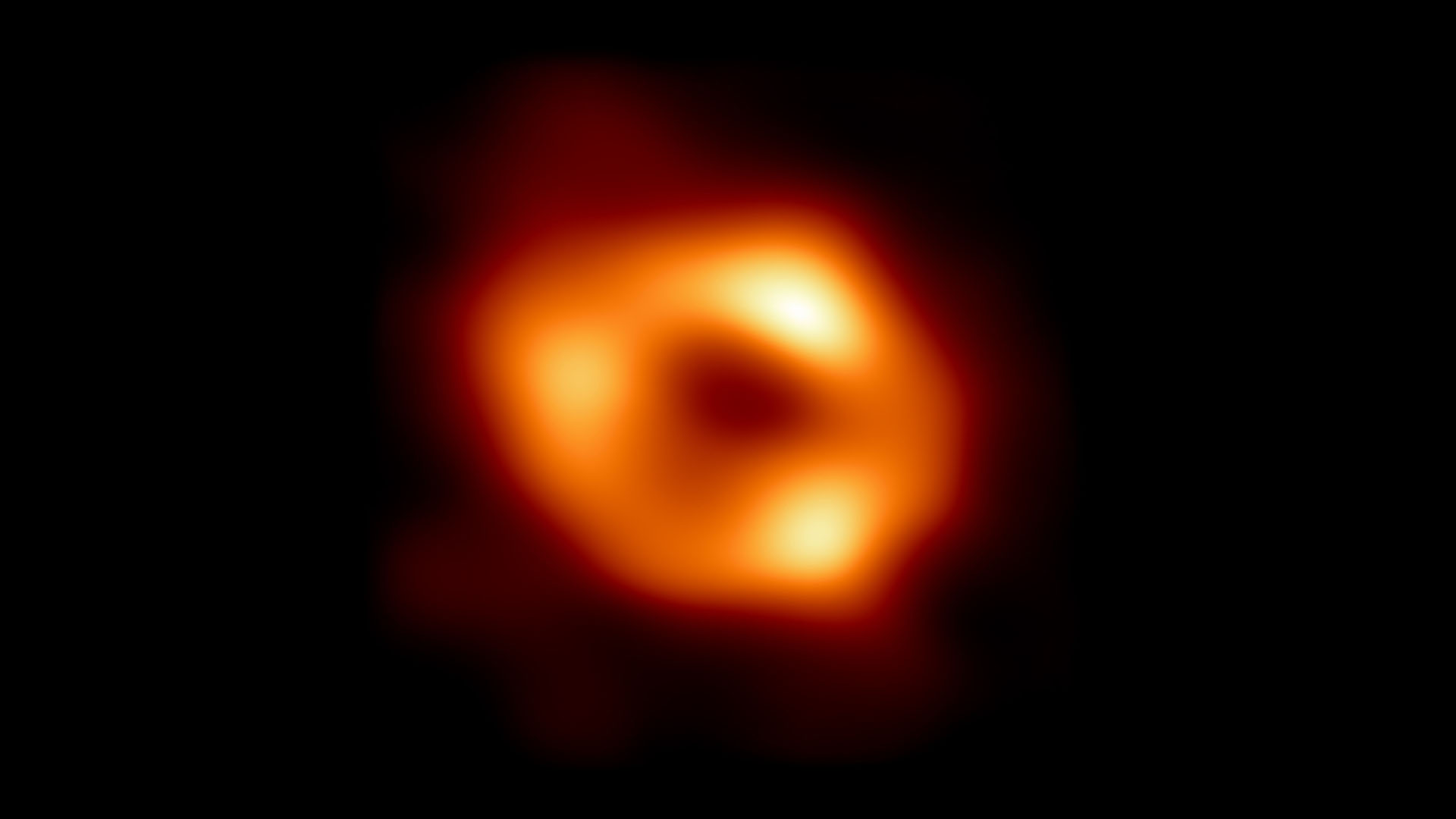Fluids, Vol. 8, Pages 121: Adsorption of Precursors on Substrates in the Presence of scCO2 for the Synthesis of Supported Metallic Nanoparticles: Experiments and Modeling
Fluids doi: 10.3390/fluids8040121
Authors: Marlene Crone Michael Türk
Supercritical fluid reactive deposition is an environmentally friendly technique for the synthesis of supported mono- or bimetallic nanoparticles. Experimental results show that the adsorption of a precursor on a substrate is the crucial process step that controls the loading and the size of the deposited metal nanoparticles. In this review, an overview of experimental and modeling work is given and selected experimental data were correlated with the following adsorption isotherm models: Henry, Freundlich, Langmuir, Toth, and Langmuir–Freundlich equations. As a result, in the case of precursors with a low CO2 solubility and therewith low uptake, the adsorption behavior can be described with sufficient accuracy by the Henry approach. Furthermore, the Freundlich and Langmuir equations enable sufficiently accurate descriptions of the experimental data. In the end, strategies for overcoming the knowledge gaps for essential future research directions are suggested.

 1 year ago
44
1 year ago
44

